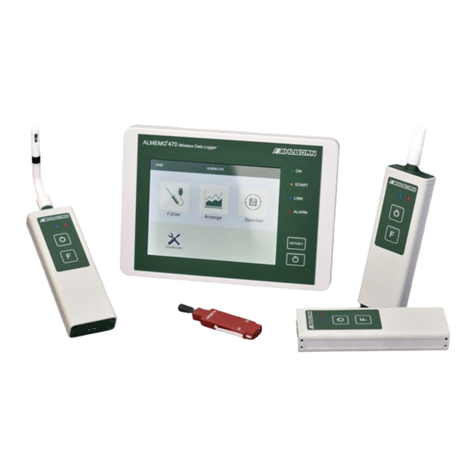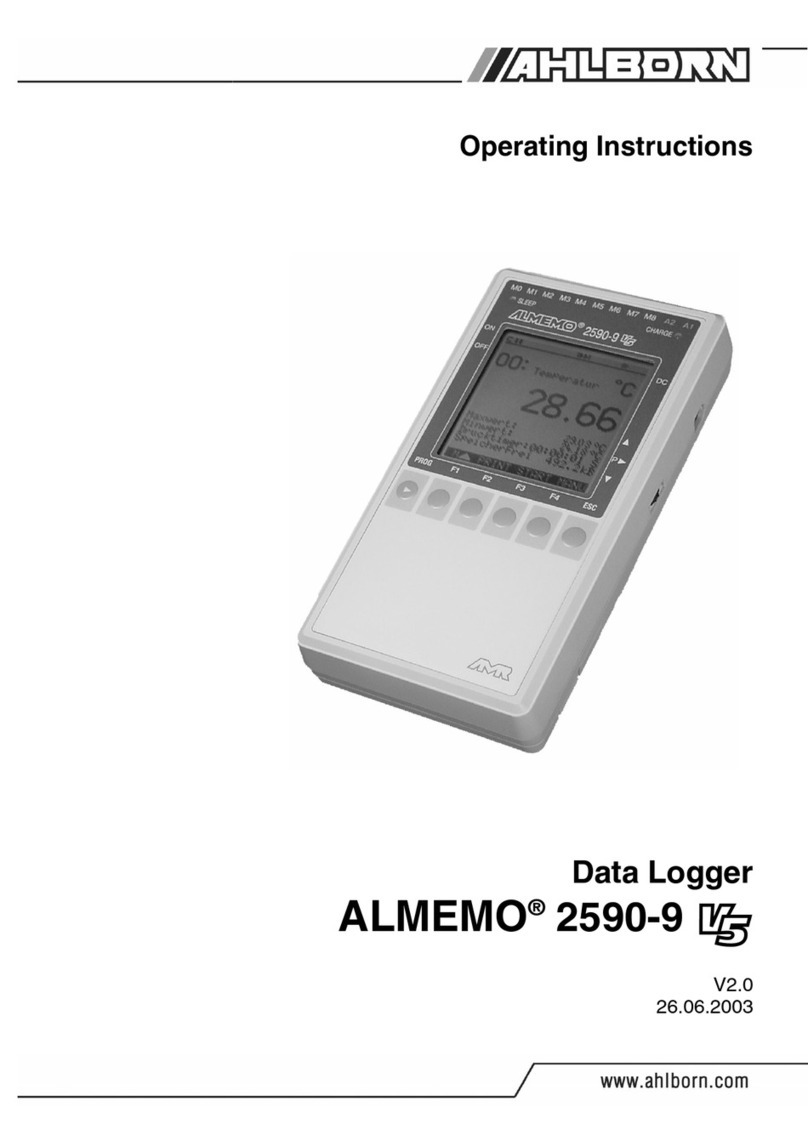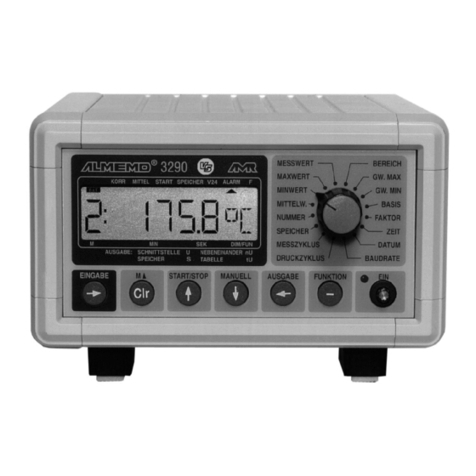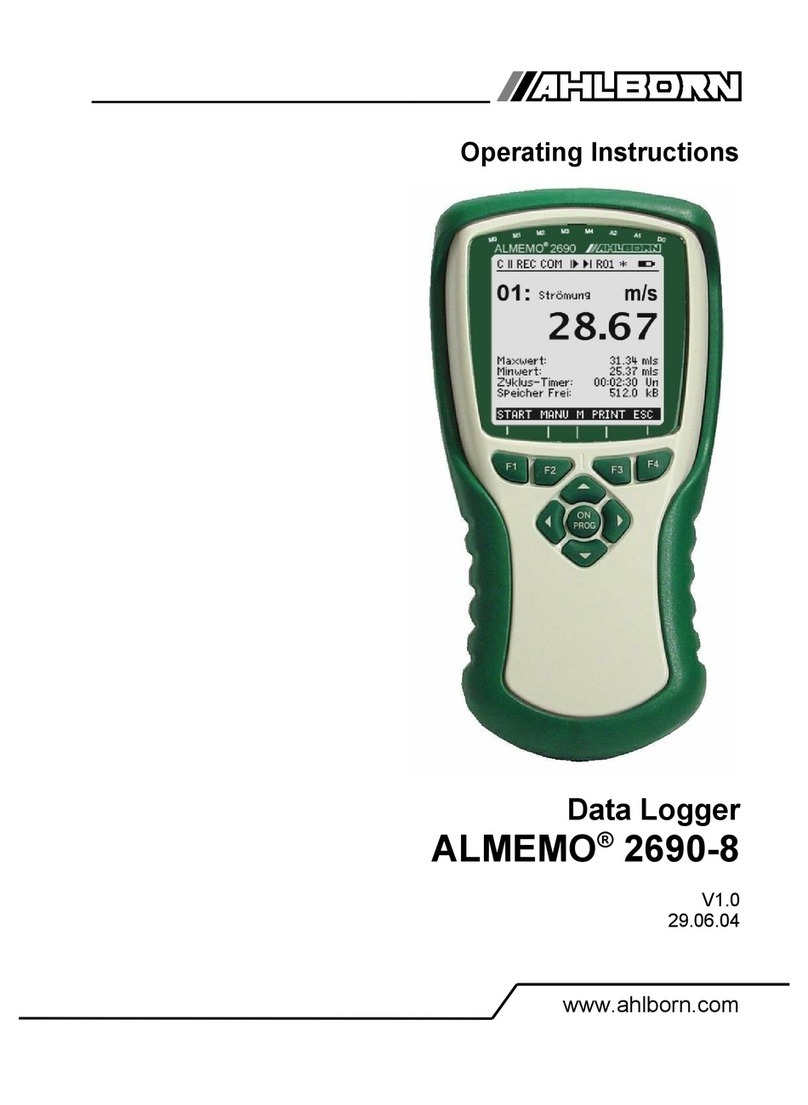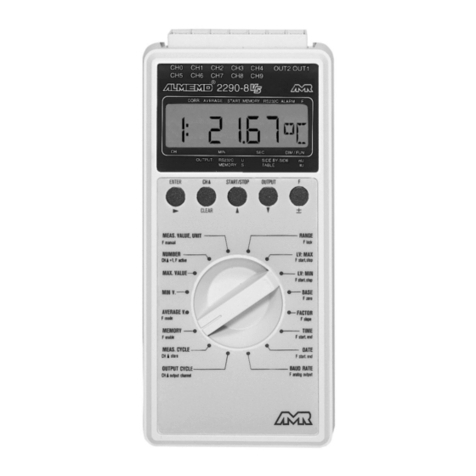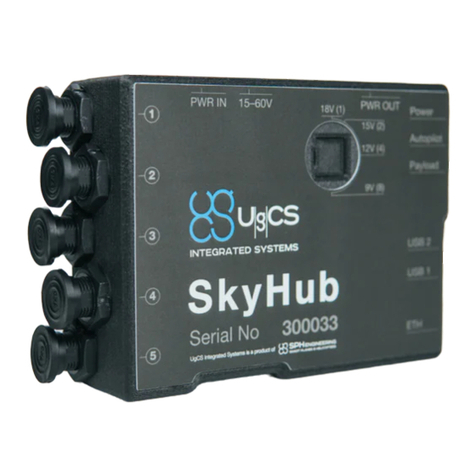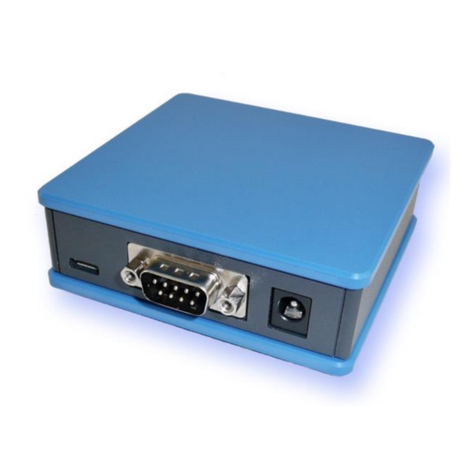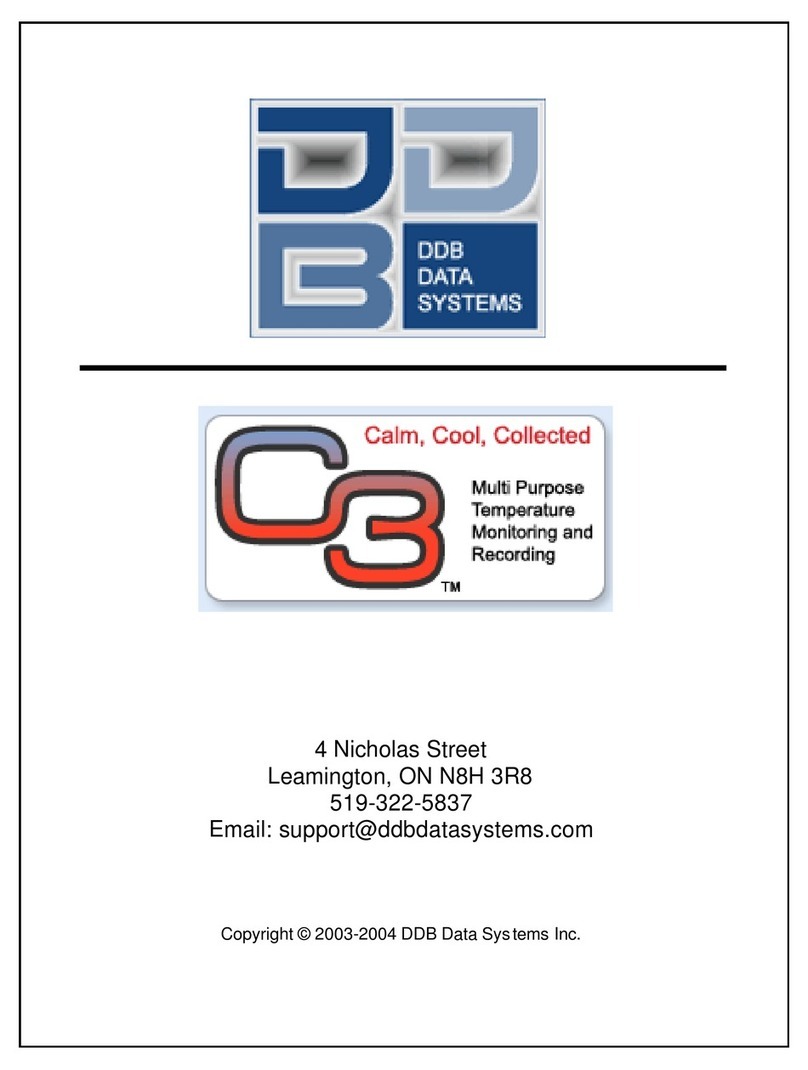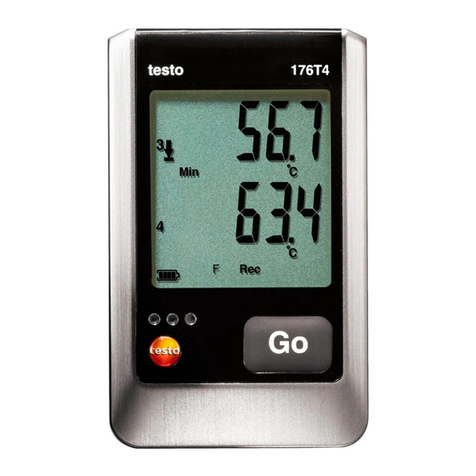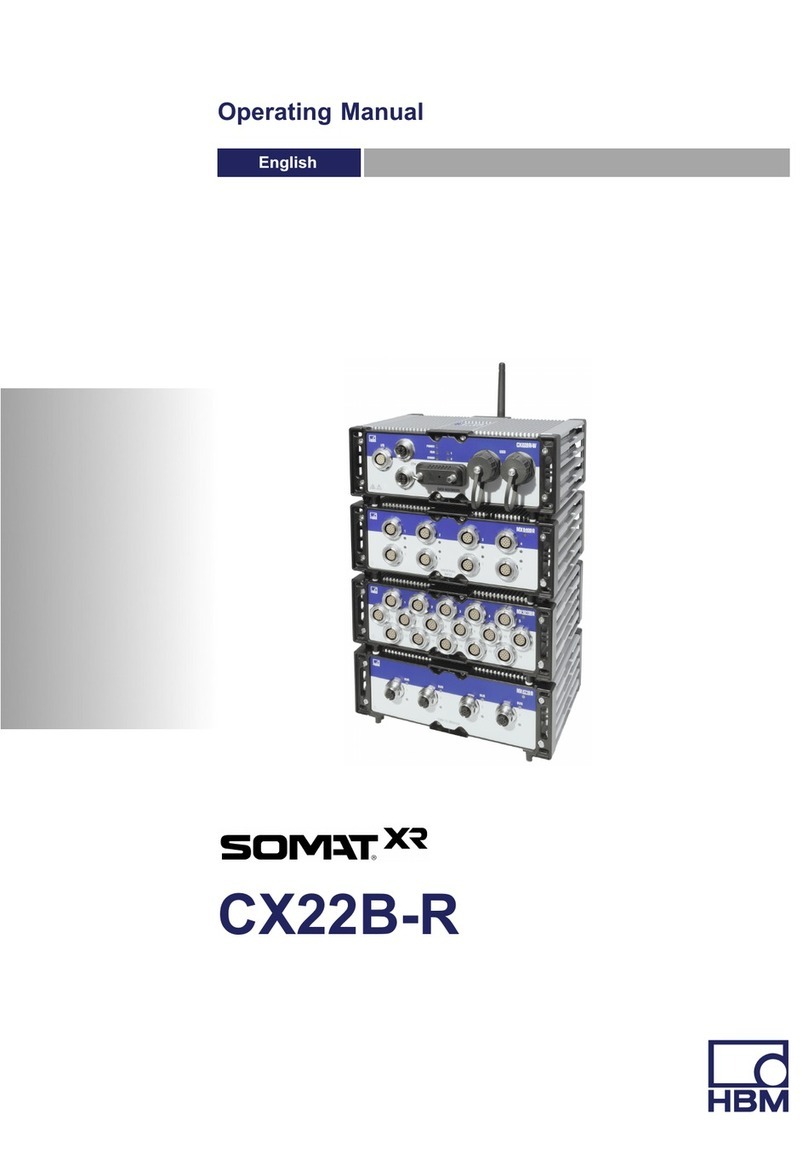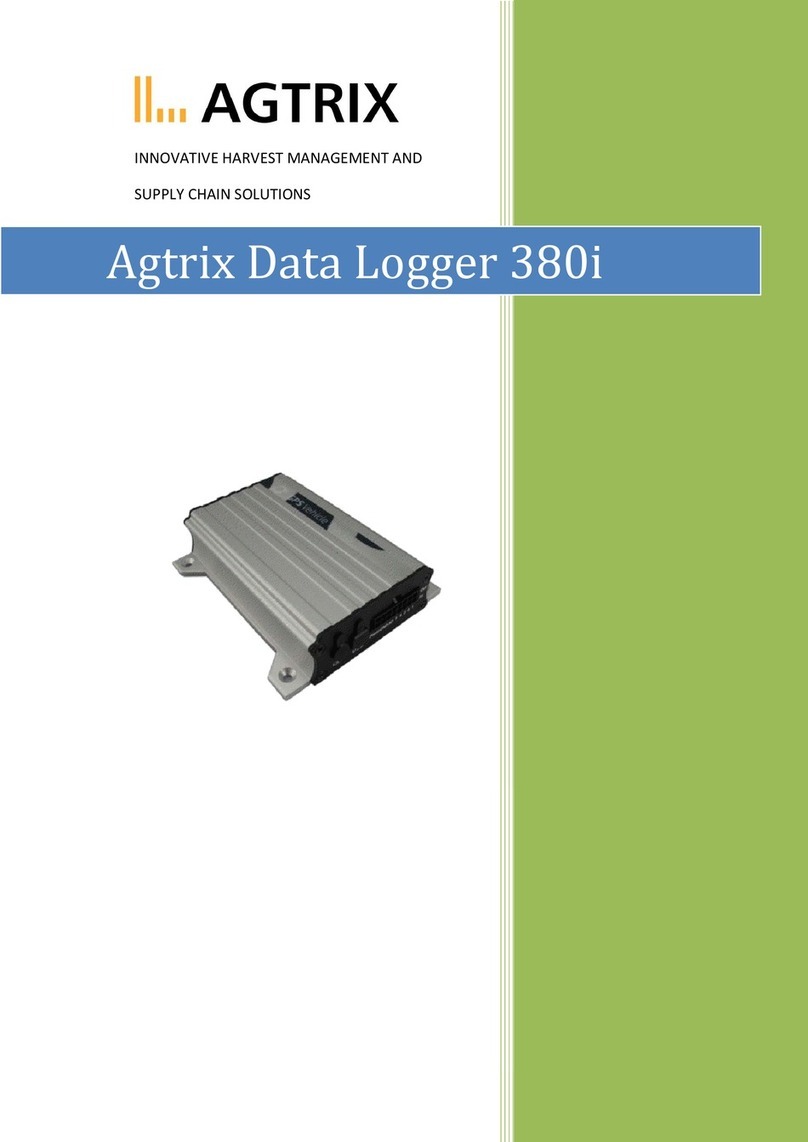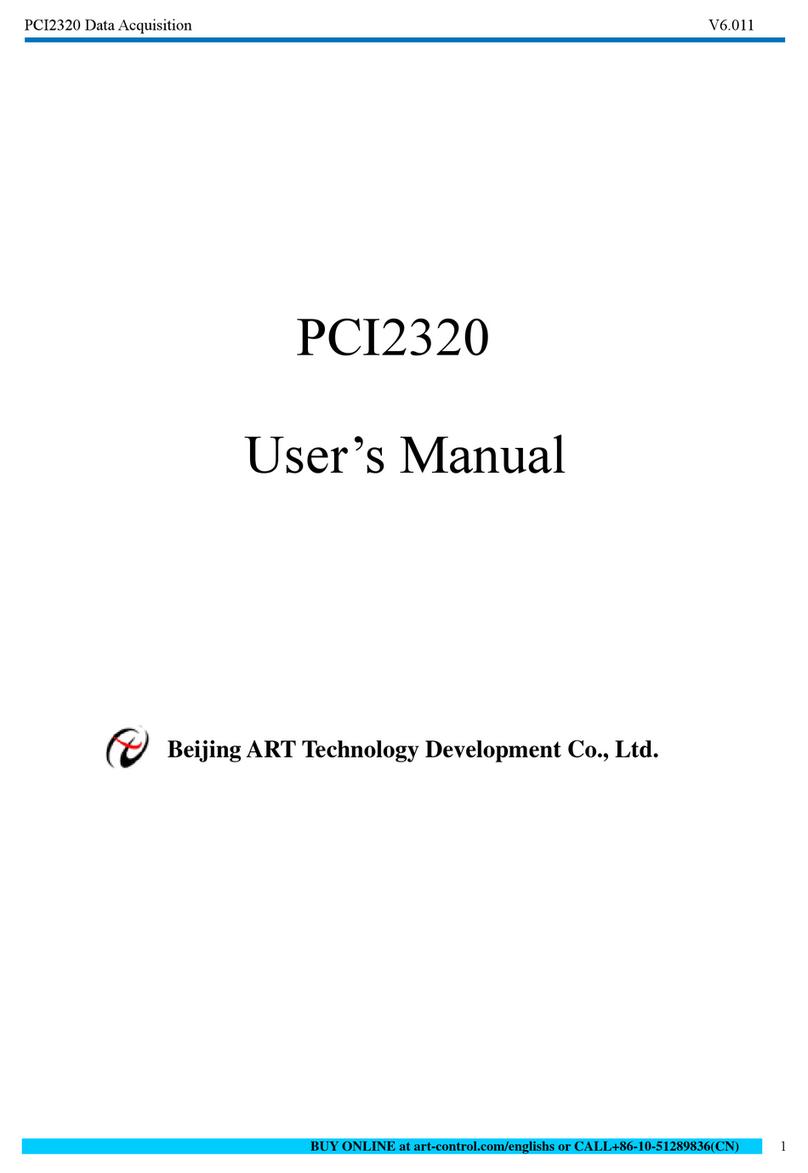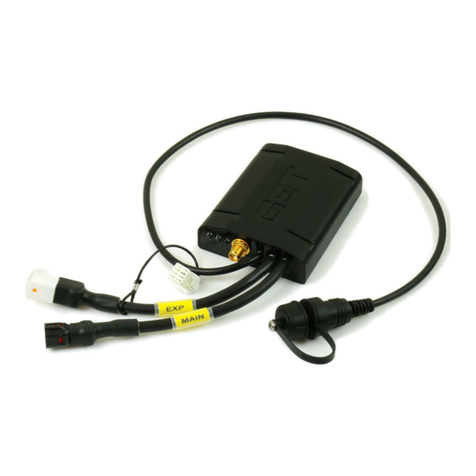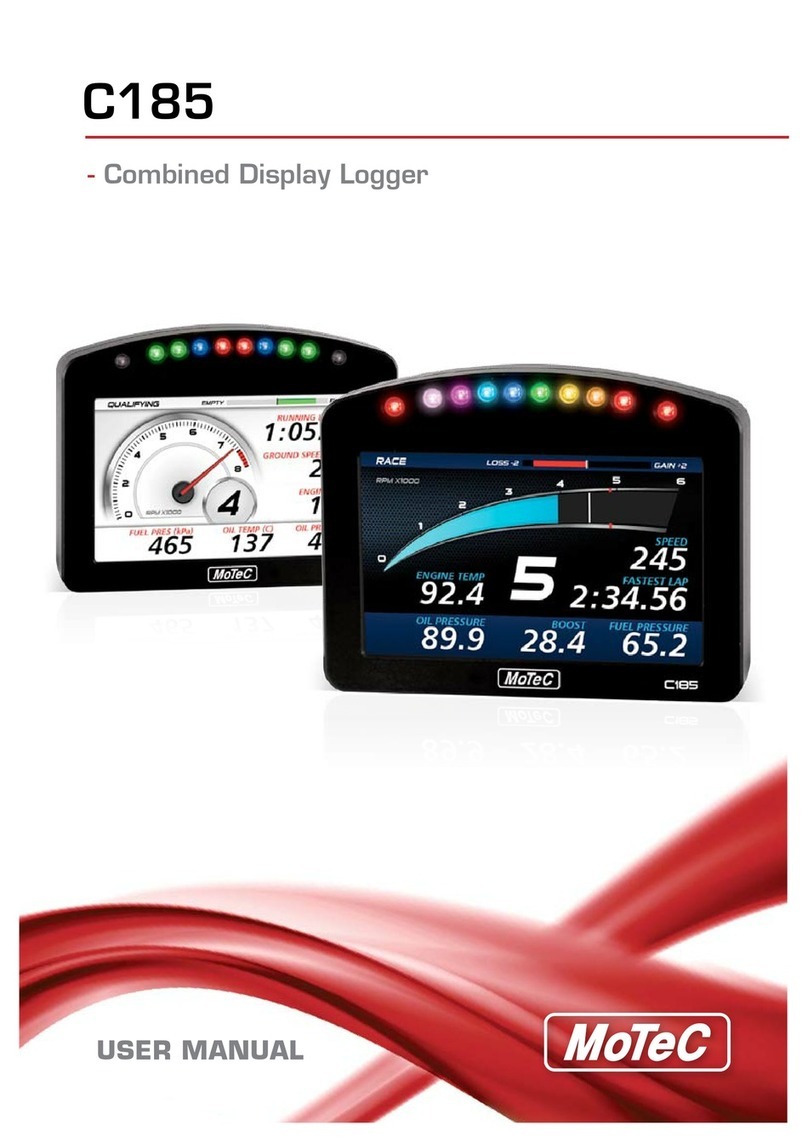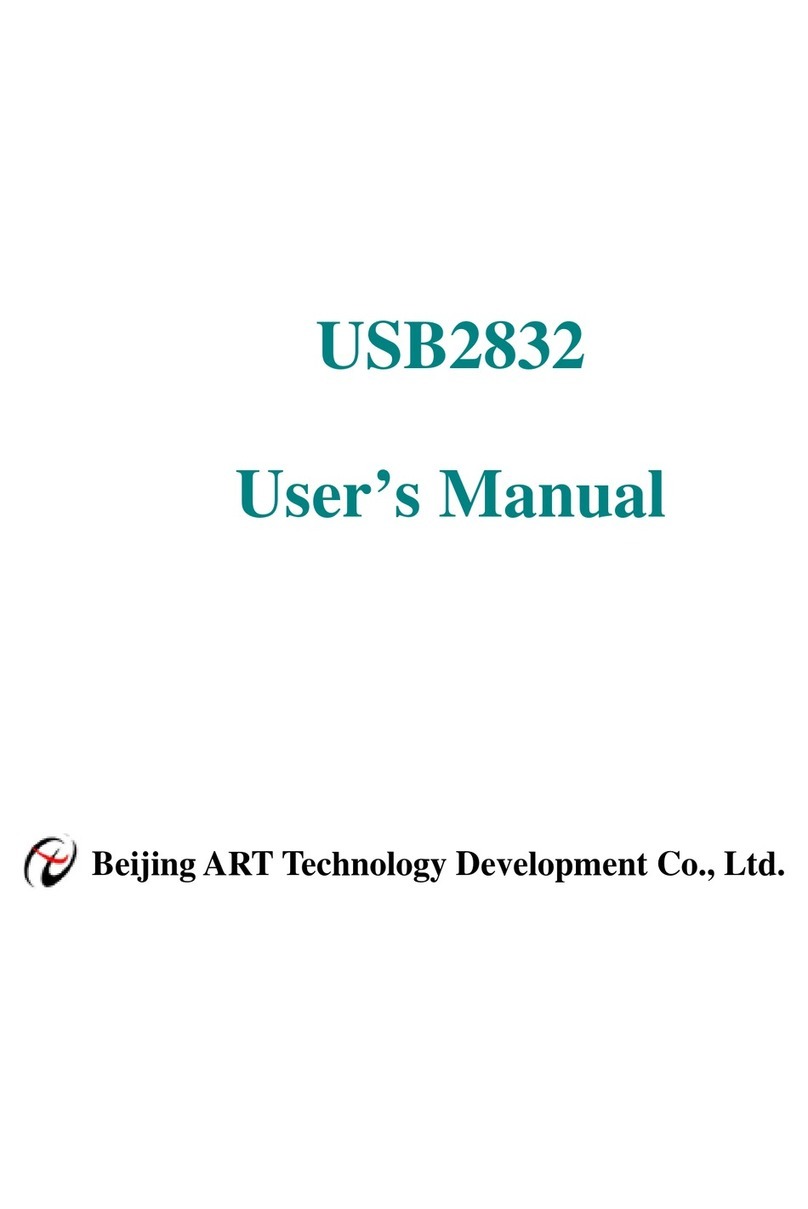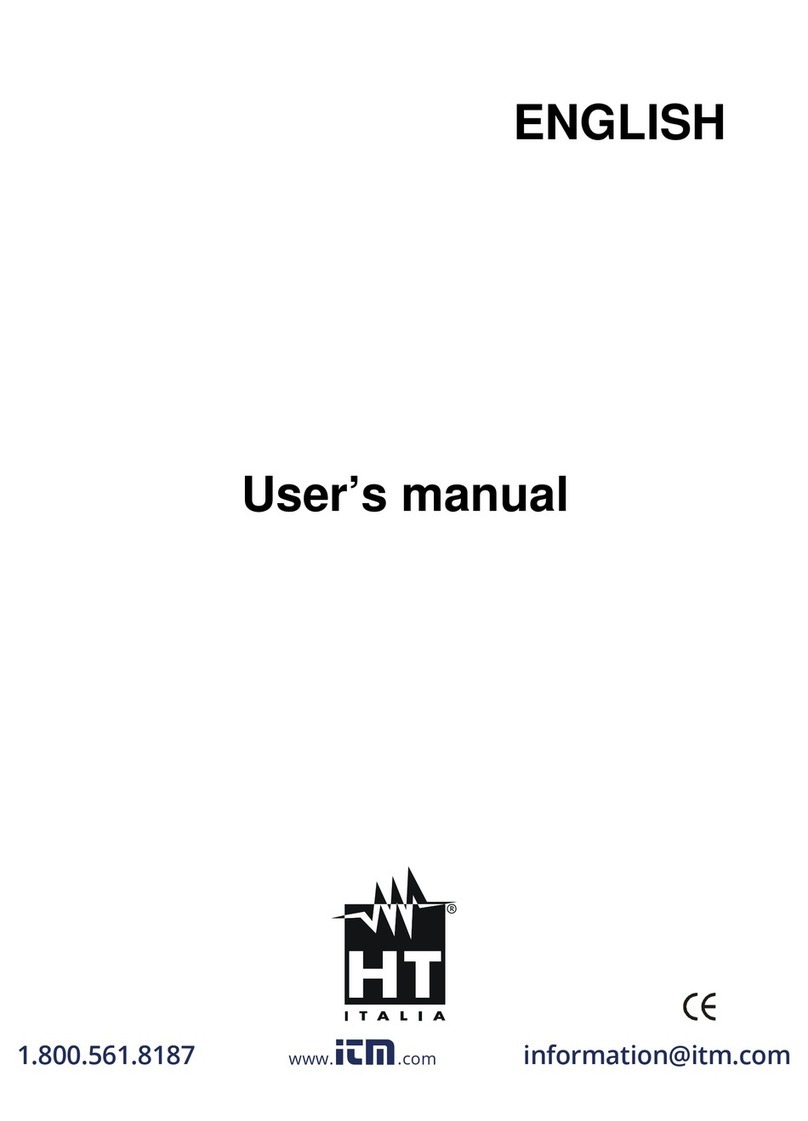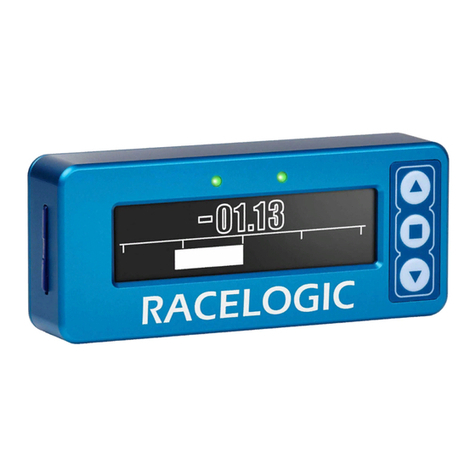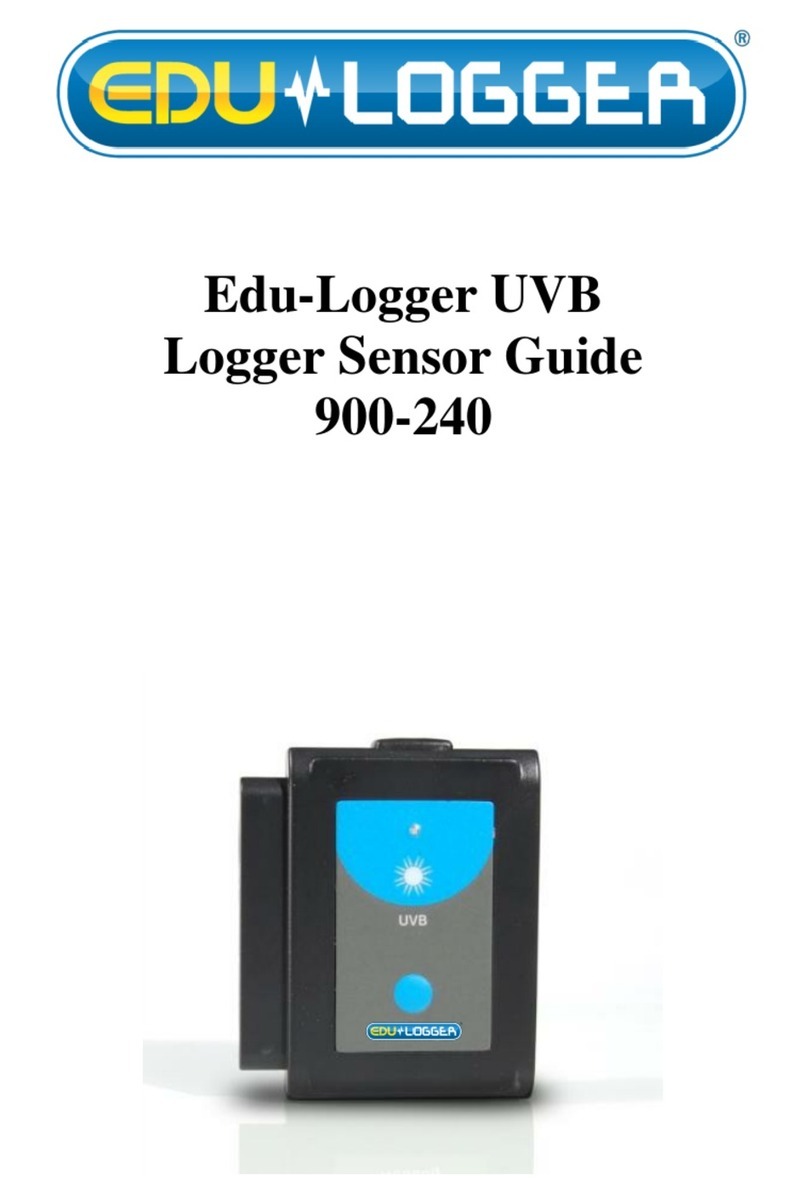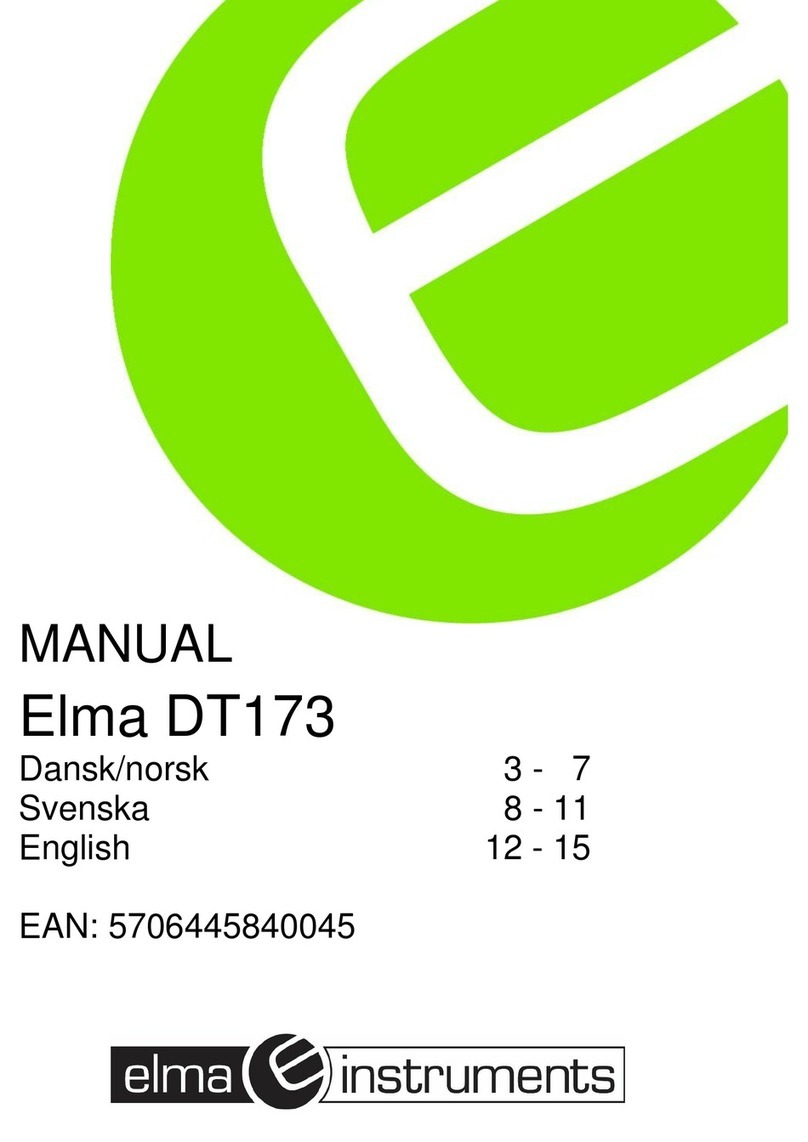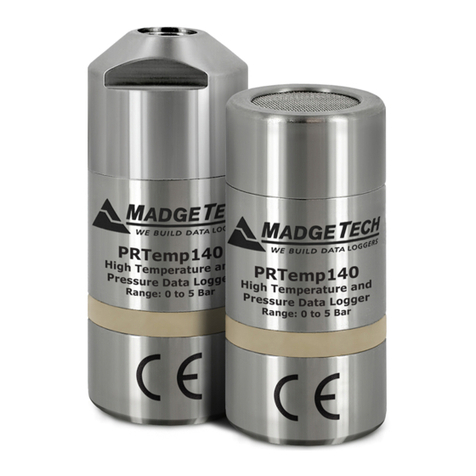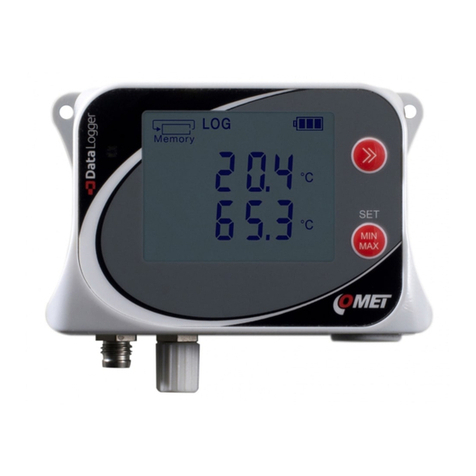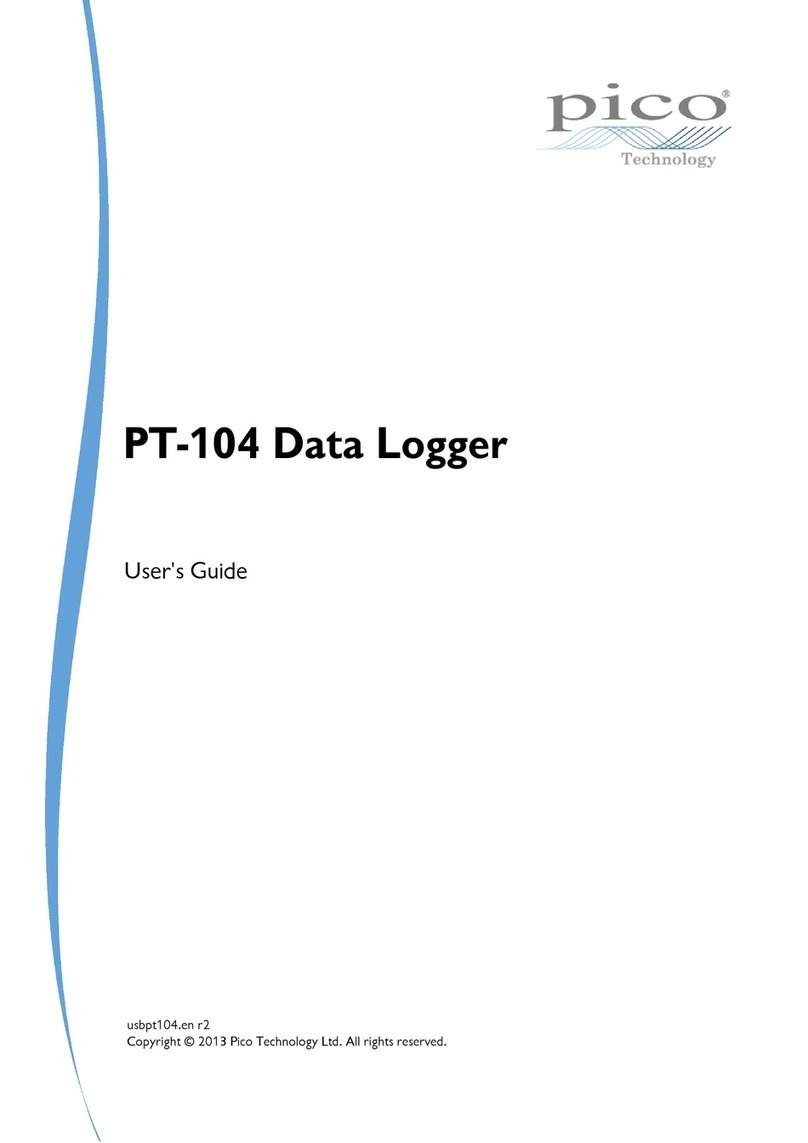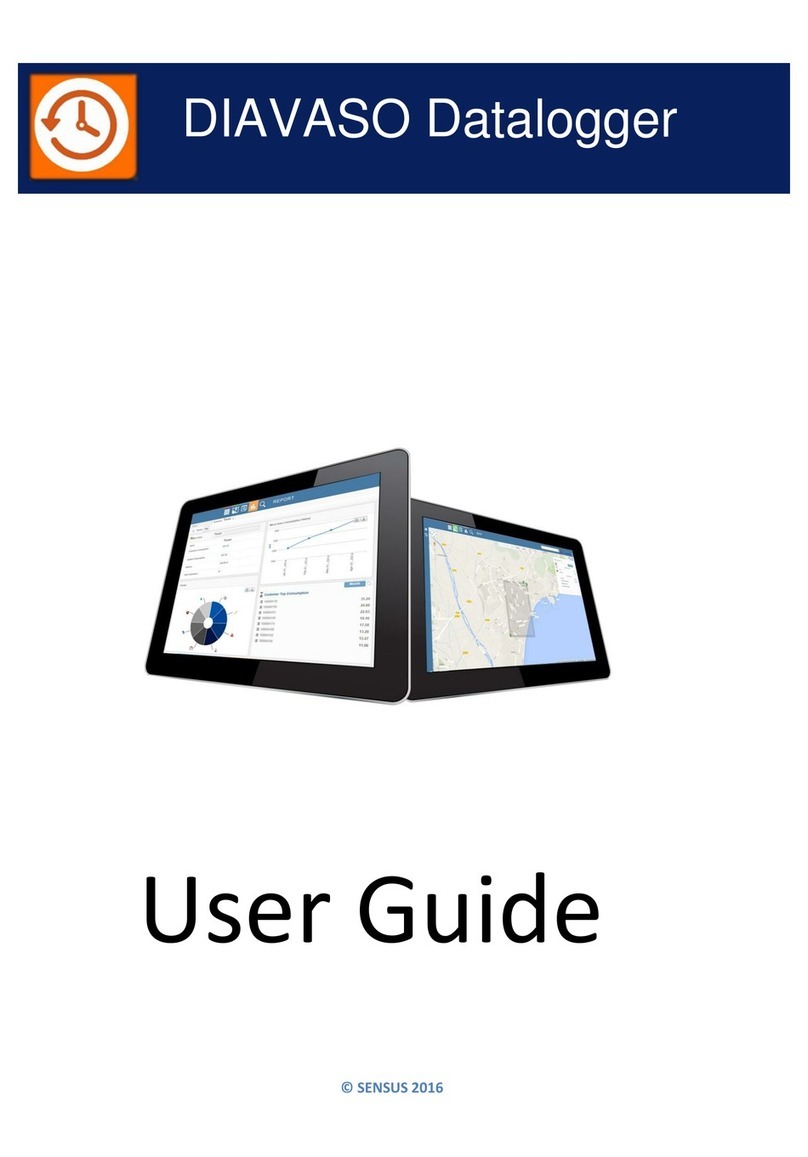2. Table o Contents
10.2.3 Sensor Adjustment in the case o chemical sensors................26
10.2.4 Two-point Adjustment with Setpoint Entry................................27
10.2.5 Temperature Compensation ....................................................28
10.2.6 Atmospheric Pressure Compensation......................................28
10.2.7 Cold Junction Compensation....................................................29
10.3 Measuring point scans and Output...............................................29
10.3.1 Single Output / Storage o all Measuring Points.......................29
10.3.2 Cyclic Output / Storage o all Measuring Points........................30
10.3.3 Memory space, Memory Output, Clearing the Memory............30
10.3.4 Output o Menu Functions........................................................31
10.3.5 Displaying Measured Values as a Line Diagram .....................31
10.4 Averaging.........................................................................................32
10.4.1 Damping o Meas. values by a Sliding averag. window............33
10.4.2 Averaging Mode.......................................................................34
10.4.3 Averaging over Manual Single Measurements.........................34
10.4.4 Array Measurement..................................................................35
10.4.5 Averaging over the Measuring Time, Meas. duration...............35
10.4.6 Measurement Time, Measuring duration, Timer.......................36
10.4.7 Averaging over the Cycle..........................................................36
10.4.8 Averaging over several Measuring Points................................37
10.4.9 Volume Flow Measurement......................................................38
10.5 Display of Several Measuring Points ............................................39
10.5.1 Menu Multi Channel Display and Bar chart...............................39
10.5.2 Di erential Measurement.........................................................40
10.5.3 Menu List o Measuring Points.................................................40
10.6 Assistant-Menus for Special Meas. Operations............................41
10.6.1 Thermal Coe icient..................................................................41
10.6.2 Wet Bulb Globe Temperature...................................................42
10.7 User Menus......................................................................................42
10.7.1 Functions..................................................................................43
10.7.2 Con iguration o the menus .....................................................44
10.7.3 Function Printouts....................................................................45
11. PROGRAMMI G WITH PROGRAMMI G-ME US.................................46
11.1 Times and Cycles............................................................................46
11.1.1 Time and Date .........................................................................46
11.1.2 Cycle with Storage Activation and Output Format....................46
11.1.3 Conversion Rate, Continuous Measuring Point Scan...............47
11.1.4 Start date and time-o -day, end date and time-o -day,
measuring duration ..................................................................48
11.2 Data Memory for measured values................................................49
11.2.1 Memory connector with SD card ..............................................49
11.2.2 Data Acquisition.......................................................................50
11.2.3 Numbering o measurements...................................................51
11.2.4 Starting and Stopping o measurements..................................51
4 ALMEMO® 2890-9
